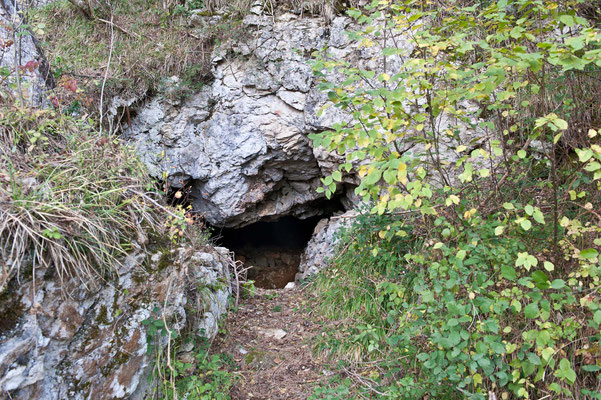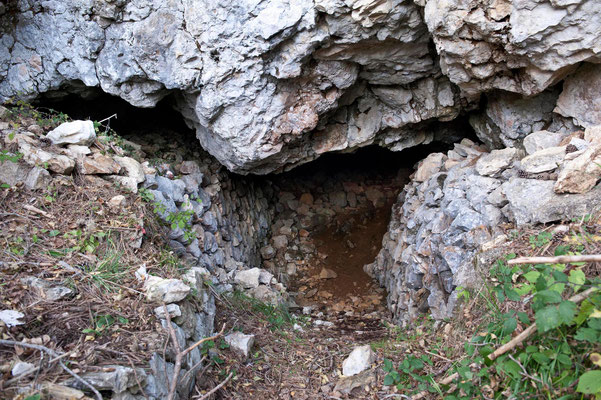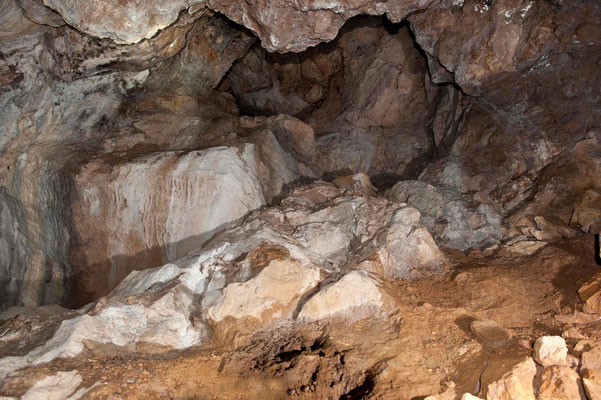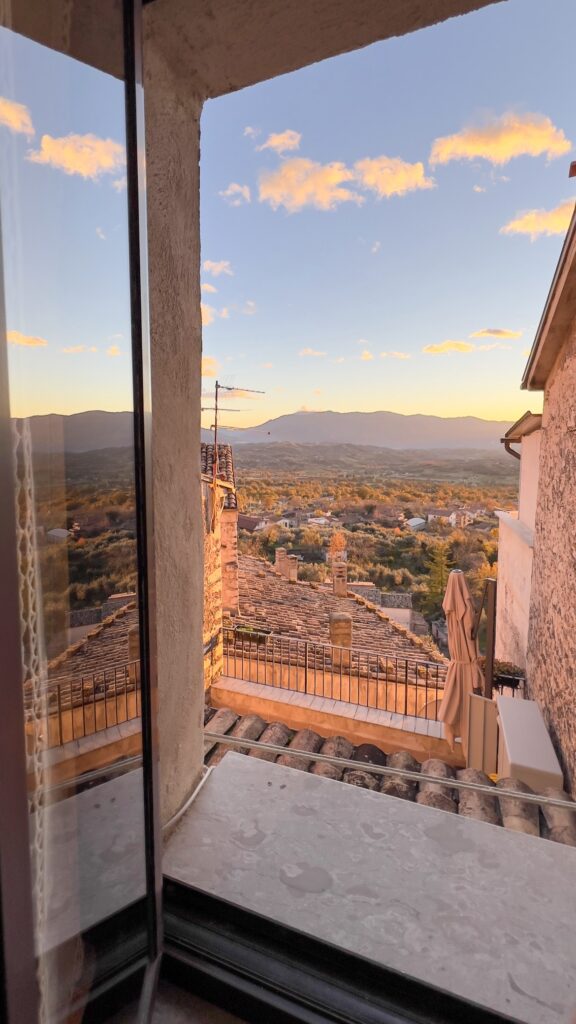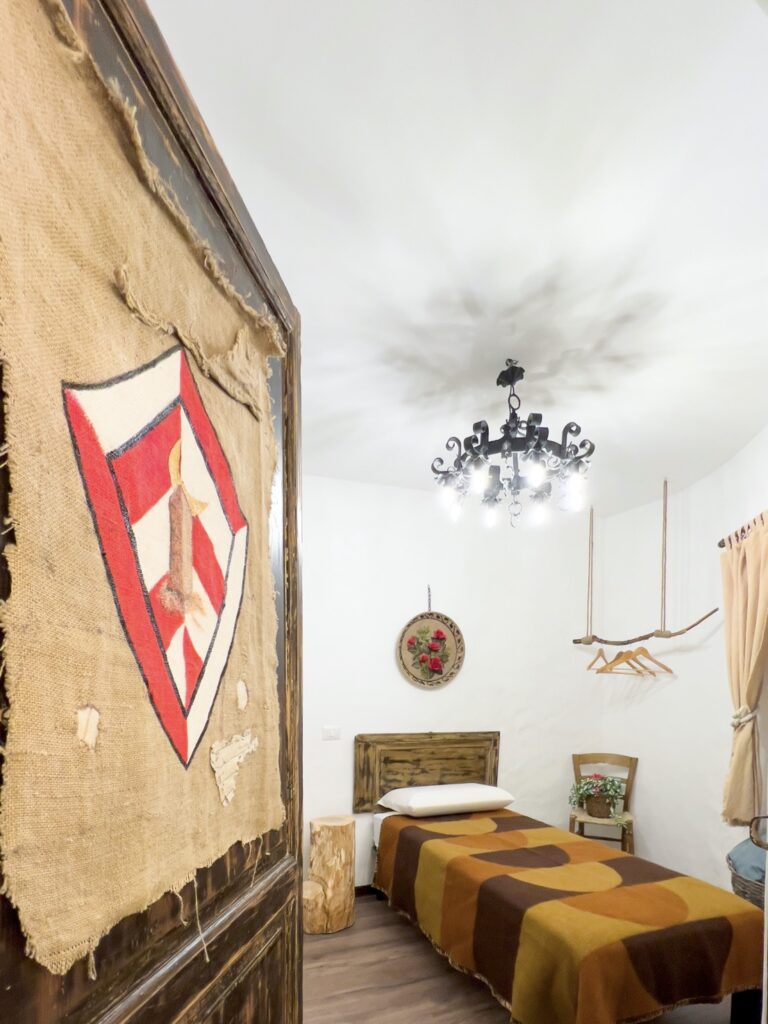
Close

The Royal Mines of San Donato Val di Comino are a place of historical, industrial and geological importance located in the mountains surrounding the town of San Donato.
ADDRESS
41.7104124, 13.8136667
DIFFICULTY
Medium
DISTANCE
2.1 km
These mines were created by order of King Ferdinand II of Bourbon after the uprisings of 1848. Tourists can reach the mines by following a path that starts in the village, crosses the Forca d’Acero stream, climbs up to the Cunnola and Pezzullo crossroads, continues through the Monacelli ascent and the Bosco dell’Impero, until it reaches the San Ferdinando Tunnel at 1080 metres above sea level.
The path follows the route that the miners, transport women and artillerymen followed during the mining work. King Ferdinand II’s aim was to boost scientific research and technological innovation to support the economy of the Kingdom of the Two Sicilies and its armed forces, and to this end he made considerable investments in the metallurgical industry, setting up the mining districts in Calabria and Terra di Lavoro.
In the spring of 1853, King Ferdinand II sent a commission from Naples to develop the metallurgical industry in Val di Comino. The commission included engineers, officers, a detachment of hoe-diggers and, above all, the famous geologist Gaetano Tenore, a professor of mineralogy and author of works on volcanology and studies of mineral deposits. Tenore explored the area and identified the best prospects, such as Monte Cunnola (today Monte Calvario) and Monte Omo (Campoli), which had limonite and bauxite outcrops.
Mining began immediately, with the creation of five tunnels (San Ferdinando, Santa Teresa, San Francesco, Sant’Agostino and Castelluccio), two shafts, an open pit and a rock deposit. The extraction of ferrous metal took place by making small cavities no more than a hundred metres deep, and the extracted material was transported to Atina, where a blast furnace was built. Mining and smelting of the metal continued for seven years, stopping at the end of the Kingdom of the Two Sicilies in 1860. Today, the cavities of the mines are home to colonies of ‘Lesser Horseshoe’ bats.
